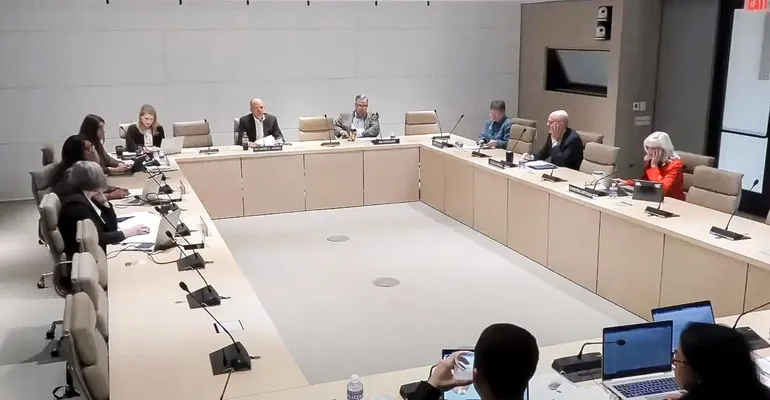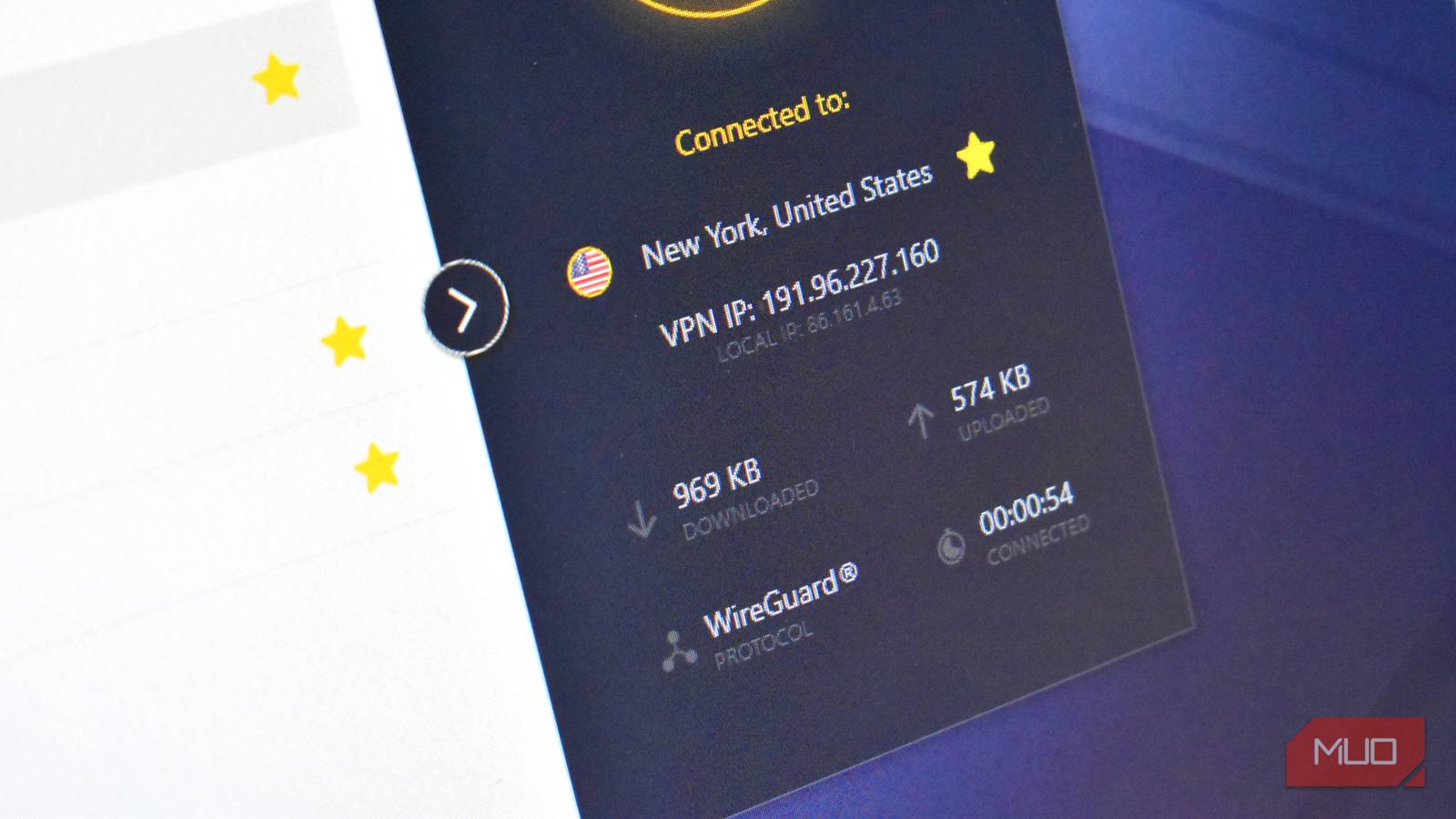Graphic videos of Charlie Kirk’s assassination spread like weeds over social media last week in a way that it made it difficult for the youngest online to avoid the bloodshed.
From autoplay on X to friends sharing the footage in group chats, both young people who loved and hated the conservative leader saw the videos in ways that are leading to renewed calls for online safety legislation and lessons from schools on how to handle graphic social media content.
Kelly Benjamin, a mother of two who has worked in media and technology for years, said she found out about Kirk’s assassination through her daughter, a sophomore in high school, who came home announcing the news and saying that she already watched it happen.
“As a parent, hearing your child say that they’ve already witnessed someone dying that day is horrific. And, naturally, I worry about the implications of kids seeing that kind of violence and being desensitized to it, being traumatized by it and it just being sort of available instantaneously,” said Benjamin, whose past employers including E&E News.
The videos were almost inescapable for anyone with a social media account a week ago Wednesday, as several angles circulated online of Kirk getting shot in the neck, with some versions even slowed down for taking in detail.
Cell phone bans at schools kept at least at least some students from seeing the slaying right away, but younger Americans were Kirk’s target audience, and many if not most social media users saw his fatal shooting before class the next day.
“First, all of us must denounce political violence unequivocally. Second, we must commit to off-ramps and de-escalation as [Utah] Gov. Spencer Cox — and every former U.S. president — has urged. It doesn’t help that social media platforms allowed the graphic video of Charlie Kirk’s killing to circulate like wildfire, courtesy of the same algorithms responsible for damaging kids’ mental health,” said Randi Weingarten, president of the American Federation of Teachers.
Kimberley Cantu, a superintendent for the Mansfield Independent School District in Texas, has experience getting her students through traumatic experiences, including a 2021 school shooting. Cantu said that student reactions to the Kirk video have not made it as far as the central office, but she suspects there have been some who have struggled with the events.
“We have great support systems for counseling from our traditional school counselors. We have crisis counselors that are able to help those kiddos at the campus level and get them the help that they need,” Cantu said.
“We have district-wide crisis counselors that we can send out to that campus to help support. We also have behavior intervention teams, and we have people on those teams that can go out, and we have someone that specifically works with teachers on how to handle situations like that,” she added.
Meanwhile, in Chula Vista, Calif., an AP government teacher has reportedly been disciplined for showing a Kirk assassination video in class.
Benjamin said that while her daughter’s teachers have not directly addressed the Kirk videos, they have been a topic of discussion among the students.
“There hasn’t been any kind of communication or any kind of conversation that’s happened in any formal way at her school. I don’t think that she’s really had any kind of classroom experience either. However, where it is happening is with her friends, and they most certainly are talking about it,” she said.
Lawmakers were horrified by the footage, calling for it to be removed from the platform X, where videos autoplay without a change in settings.
“I am calling on @elonmusk, @finkd and @tiktok_us to remove the horrifying videos of Charlie Kirk’s murder. He has a family, young children, and no one should be forced to relive this tragedy online,” posted Rep. Anna Paulina Luna (R-Fla.).
The Kids Online Safety Act (KOSA) is one avenue members of Congress have previously looked at to strengthen protections for children online, although it failed in 2024 due to concerns about free speech implications.
“While educators and students’ parents have engaged young people in conversations around what they’ve seen and how they feel about it, we can’t protect kids from inappropriate content if platforms don’t invest in curbing its spread. Repeated exposure to violent content online is what happens when we abandon meaningful regulation, which is one of the many reasons we’ve supported bell-to-bell cellphone bans and commonsense legislative guardrails to try to put an end to the platforms’ ignorance and greed. And more must be done, including rolling back the social media companies’ legal indemnity so we can ensure accountability,” Weingarten said.
Experts say it is important for schools and parents to get ahead of these awful events students will inevitably see on social media
“We try really hard to teach kids different components, such as, how you turn off autoplay so they don’t have that infinite scroll wherever it’s possible. And then we show how to report or mute a post and why that matters,” said Lisa O’Masta, CEO of Learning.com, a company that works to prepare students with digital skills.
“And really helping students, not necessarily stopping everything that’s coming to them, but when they see those kind of images, what they can do,” she added. “How can they stop, have a 10 second pause before sharing anything, sharing anything that’s emotionally charged, how they can actually curate some of those feeds and unfollow some of those low trusted resources and prioritizing reputable ones.”










